"It saves me a lot of time, and I never miss a single heat cycle any more."
Who?
Eric Bonnot
Beef cattle farmer
Where?
Paray le Monial, France
About the farm
- Beef cattle farm in the Burgundy region of France
- 65 hectares of grassland for grazing cows
- 85 cows and 85 youngstock (Charolais)
- Also 60 hectares of tillable land
Nedap solutions
Results
Never miss a heat
"Heat Detection is a valuable part of beef cattle management"
French Charolais breeder Eric Bonnot has been using Nedap COWcontrol™ with Heat Detection and Health Monitoring for two years now. The farmer’s confidence in the system has grown and grown, to the point that it has now become an integrated, indispensable part of his beef cattle management. “It saves me a lot of time, and I never miss a single heat cycle any more,’ says Bonnot.

Control your farm
Automated heat detection works for beef cattle, too
The white beef cattle watch curiously as Eric Bonnot enters the pasture. His animals – 85 cows and an equal number of young stock – are covered in the winter period and all graze outdoors from 15 April onwards. Later, around September, they spend a period inside to finish calving. Then the cows go outside with their calves for a few weeks, until 20 November. On that date, Bonnot begins insemination season.
In that period, he also decides which yearlings should be inseminated. In principle, these are the oldest and largest animals, from about 14 months of age. Smaller and younger animals wait another year. If yearlings do not become pregnant the first time, Bonnot gives them one more chance the following year.
In the past that happened on a regular basis. In fact, until two years ago Eric Bonnot was not really happy about his reproduction results. His representative from Elva Novia, the central France organisation for cattle improvement, suggested he give Nedap COWcontrol™ with Heat Detection a try. Bonnot was immediately interested. “I wanted to serve as a test case,” Bonnot said. “I was curious as to whether heat detection would work for beef cattle too.”
More than the eye can see
Detect a lot more heat activity
Bonnot decided to begin with the cows. They were fitted with Smarttag Neck collars. For the youngstock, he decided to continue seeing whether he could determine when they were in heat. Bonnot has the system with outdoor antenna so that it also functions during the pasture period. Now that he has two years’ experience, his fertility rates have improved considerably, he says.
“The system works well,” Bonnot says. “It detects a lot more heat activity than I can.” These days, the first thing the beef cattle farmer does each morning is check for heat alerts from overnight. “If the red light is blinking, I know a cow has been flagged. Then I check it in the computer and go to the stall to see whether the system is right. In almost all cases, the cow is indeed in heat, and I can call the AI technician.
Bonnot:
"The biggest benefit for me is the time savings."
Sometimes the light also flashes to signal a warning from the Health Monitoring system. “The first year I didn’t pay too much attention to those,” admits the beef cattle farmer. That changed one time after he ignored a warning. “I got a notification for a cow that had stopped eating, but I paid it no attention. Afterwards it turned out that she must have had an incipient respiratory infection. By the time I realized it, the cow had to be culled because the infection had become too bad. The system was right after all.”
“If the red light flashes a health alert, I go look at the cow straight away.”
Since then he takes the warnings from Health Monitoring very seriously indeed. “If the red light flashes, and it is an Eating warning, I go have a look at the cow straight away.’ For Bonnot, Nedap COWcontrol™ with Heat Detection has grown to become a valuable part of his herd management. “The biggest benefit for me is the time savings,” says Bonnot. “I no longer have to spend a lot of time in the barn to see whether animals are in heat, because I no longer miss a single heat cycle.”
Health MonitoringFacts at a glance
Accurate fertility data saves costs
Another big plus according to Bonnot is the system’s 70-day chart. It shows at a glance whether the cow a in question is cycling or not. This enables him to identify cows that may have fertility problems early on. “I find out sooner, which saves considerable expense,” Bonnot says.

A benefit to the industry
Better insight into the herd's status
Bonnot is content with the system. He now has his animals categorized in separate groups in the system, which gives him even better insight into the herd’s status. When asked if there are any disadvantages to the system he is at a loss. “Putting on the collars can sometimes be a bit tricky, but apart from that I can’t think of a single thing.’”
He firmly believes Nedap COWcontrol™ with Heat Detection and Health Monitoring is an asset for the beef cattle industry. “The system works great; it detects a lot more heat activity than I can.” He knows that other beef cattle farmers are also interested. Bonnot currently uses the system as a test case for Elva Novia, but he has now decided to buy it himself. “Then I am going to get collars for all the animals straight away, even for the young stock.”
Your farm is unique
Eric Bonnot's beef cattle farm
Eric Bonnot’s (51) beef cattle farm is located in Paray le Monial in the Burgundy region. He has 65 hectares of grassland available for grazing the 85 cows and 85 young stock. The company also has 60 hectares of tillable land. Bonnot grows corn and grain, the majority of which is used for his own cows. During the stall period – from 20 November to 15 April – he feeds them grass silage, corn, hay and grain.
All calves remain with their mothers until June; then they are weaned. Bonnot keeps all the heifer calves; they move to their own pasture in June. From among the bulls, he selects a few that he wants to keep for breeding. The rest are raised indoors. These yearlings are then ready for slaughter at the age of 15 to 18 months.
Heat Detection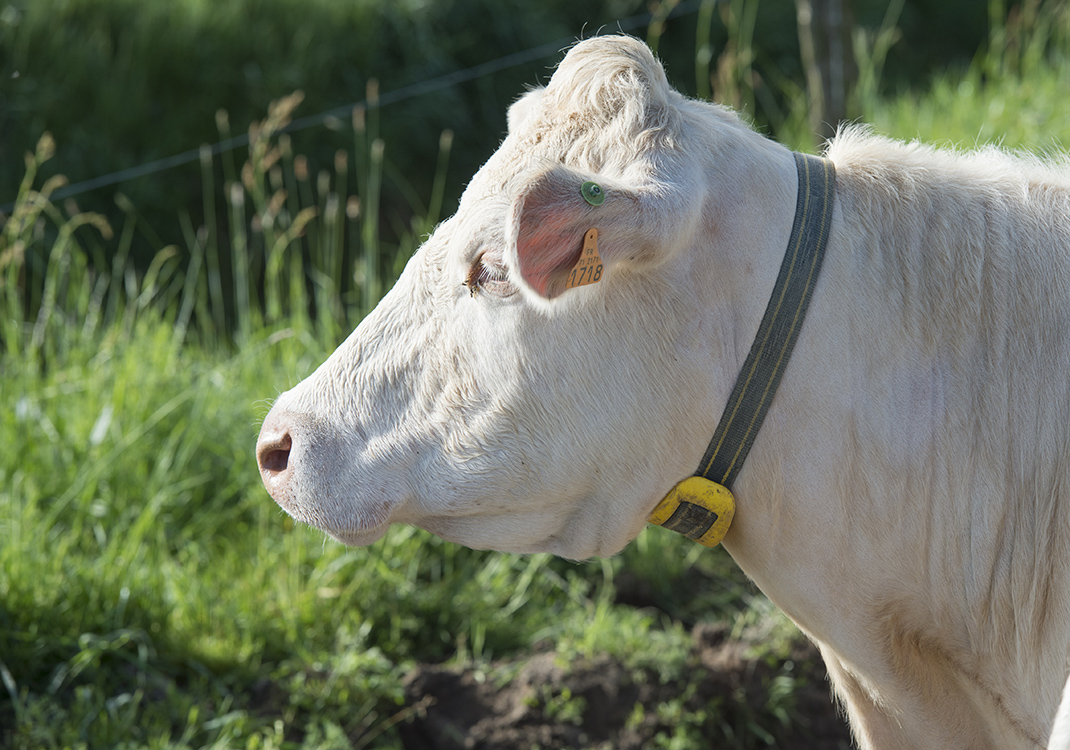
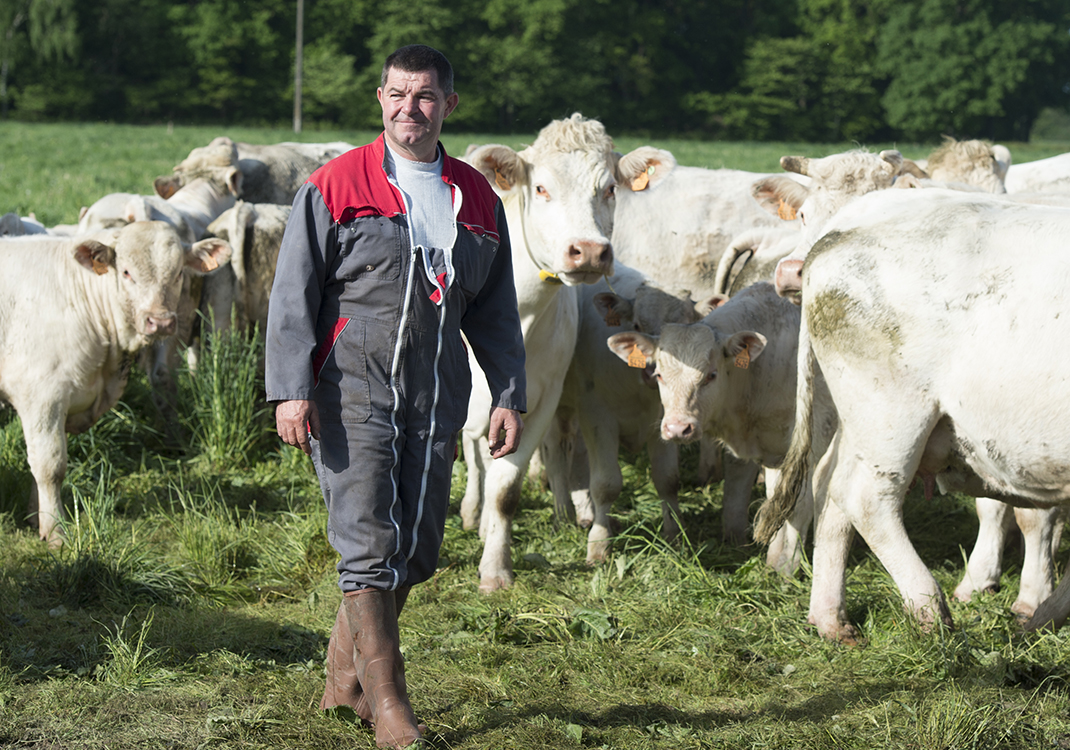
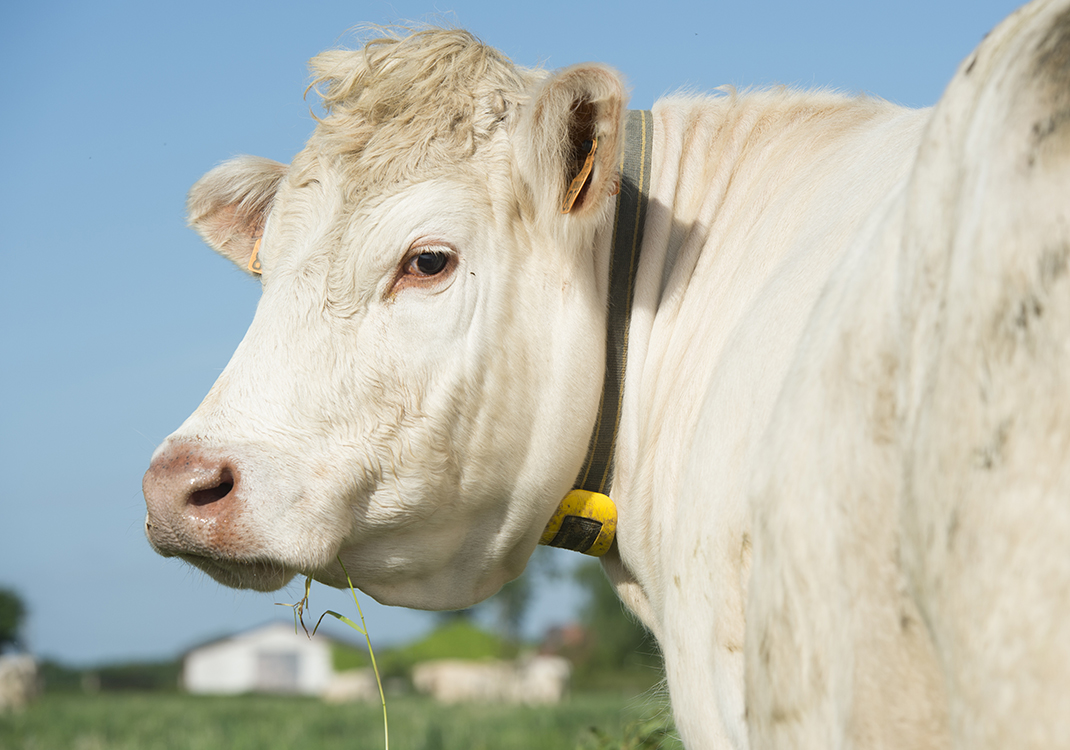
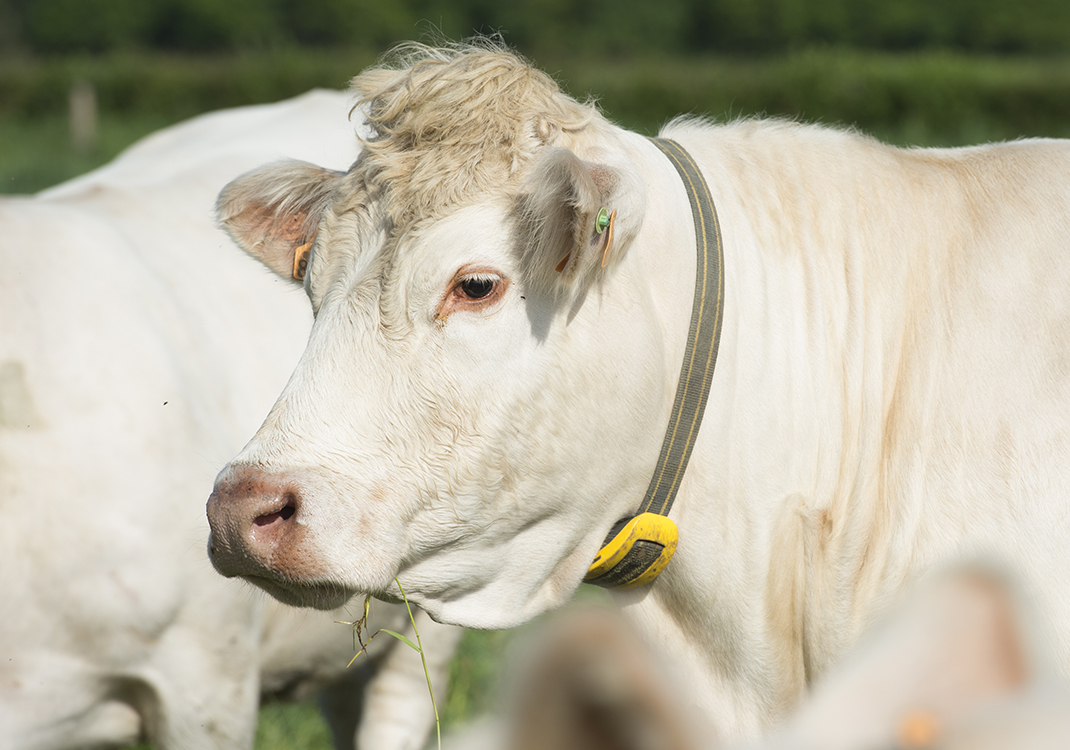
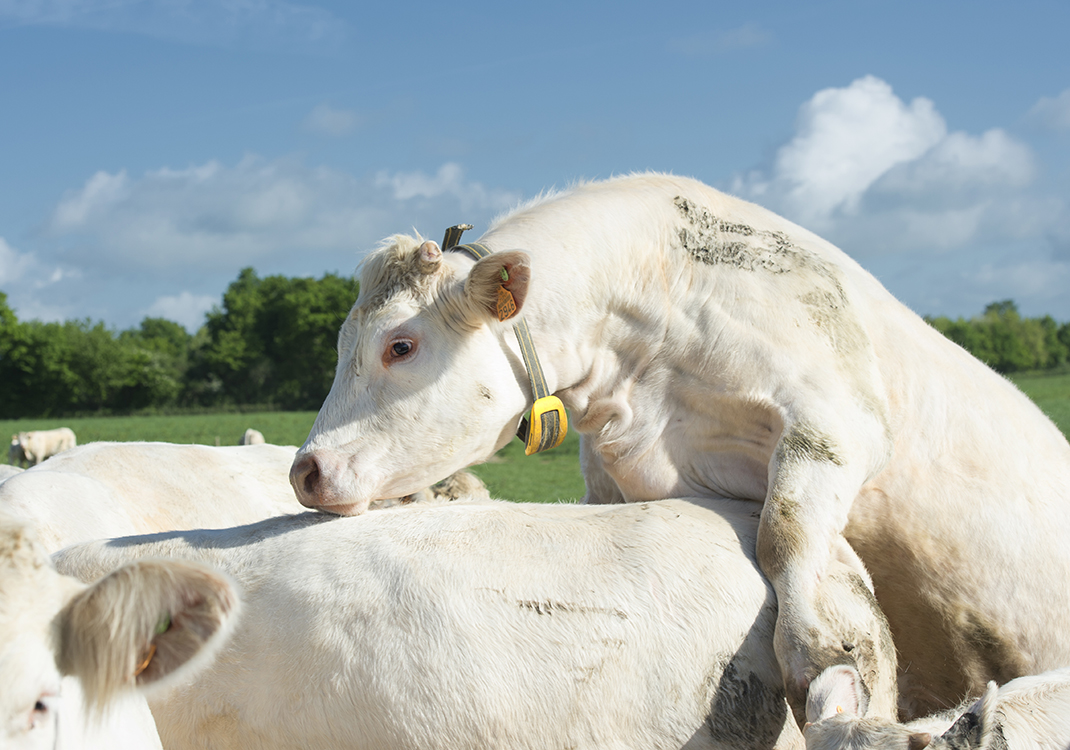
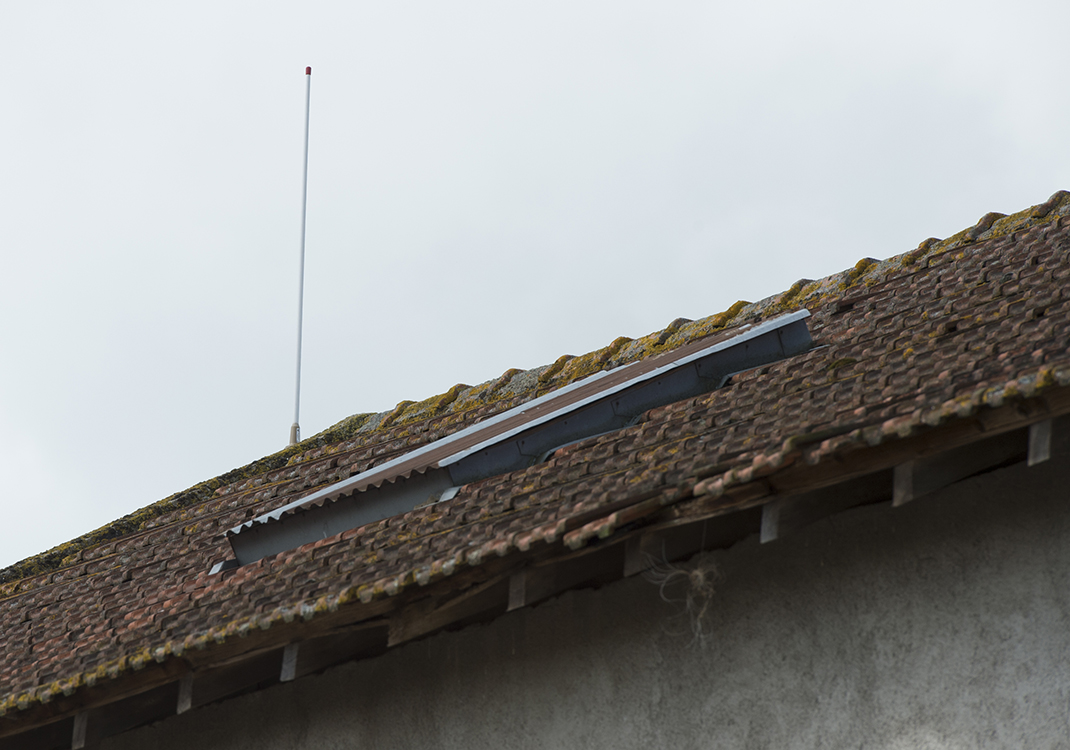
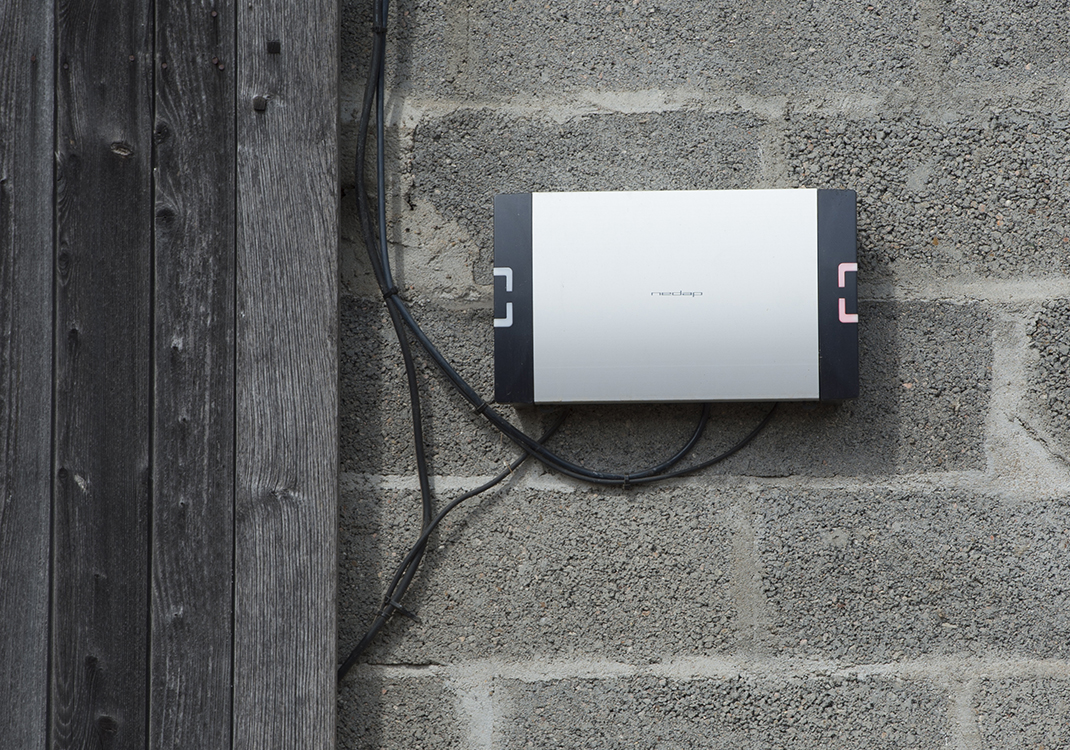
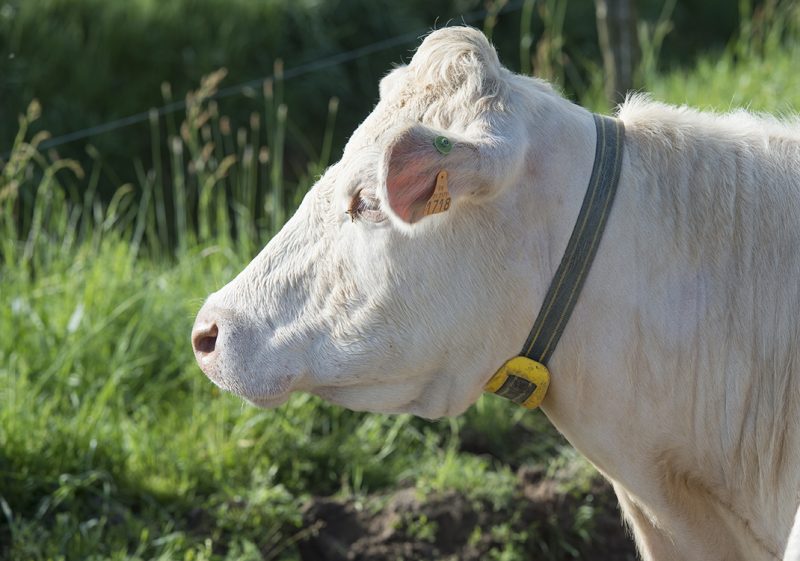
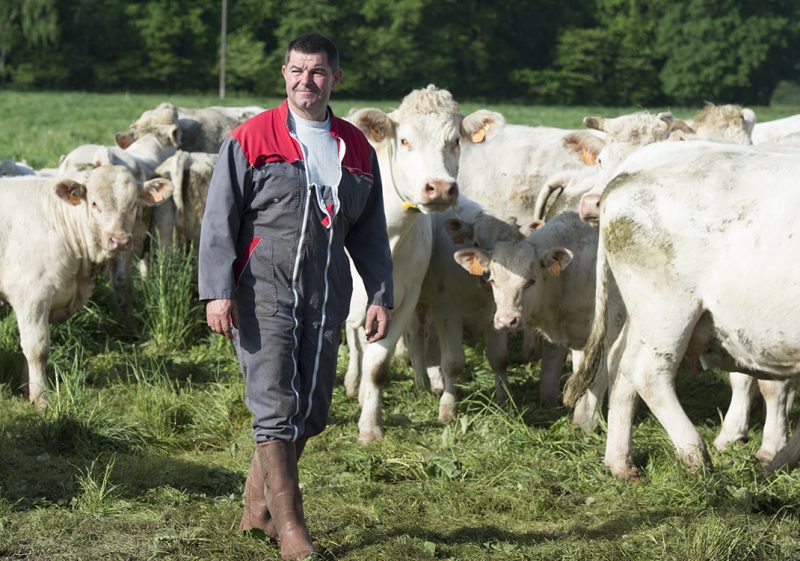
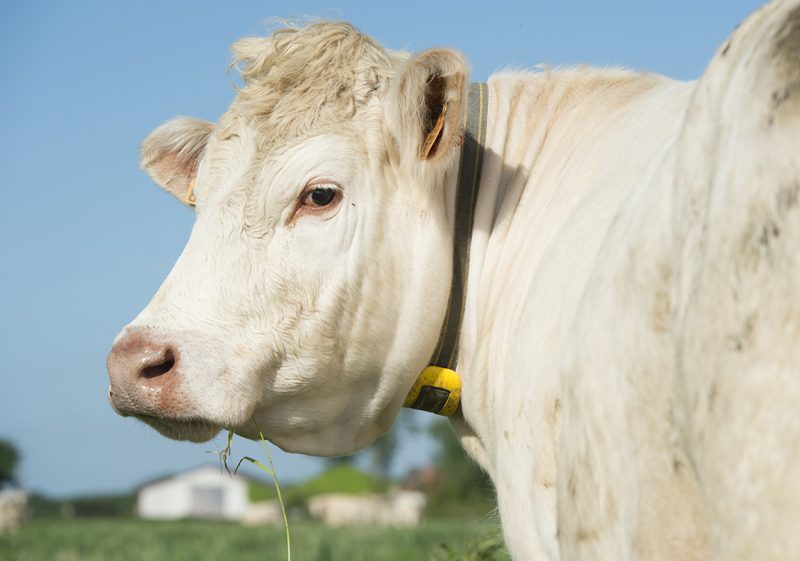
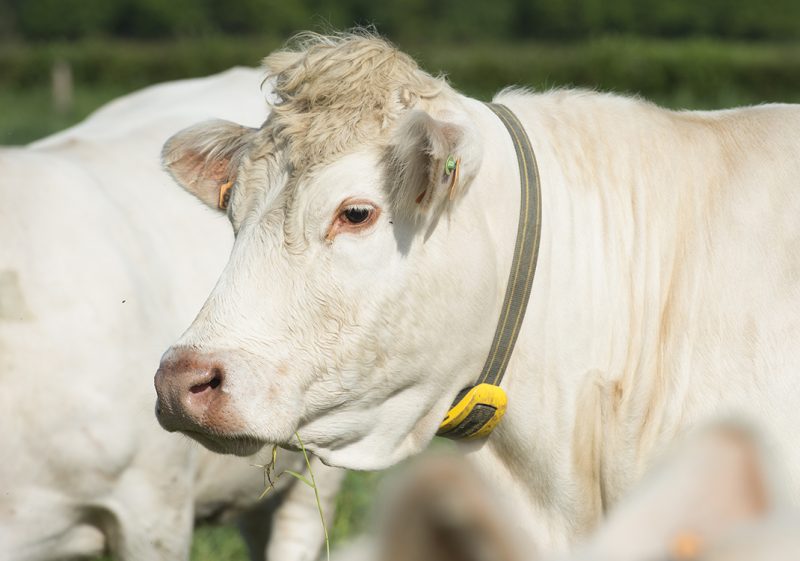
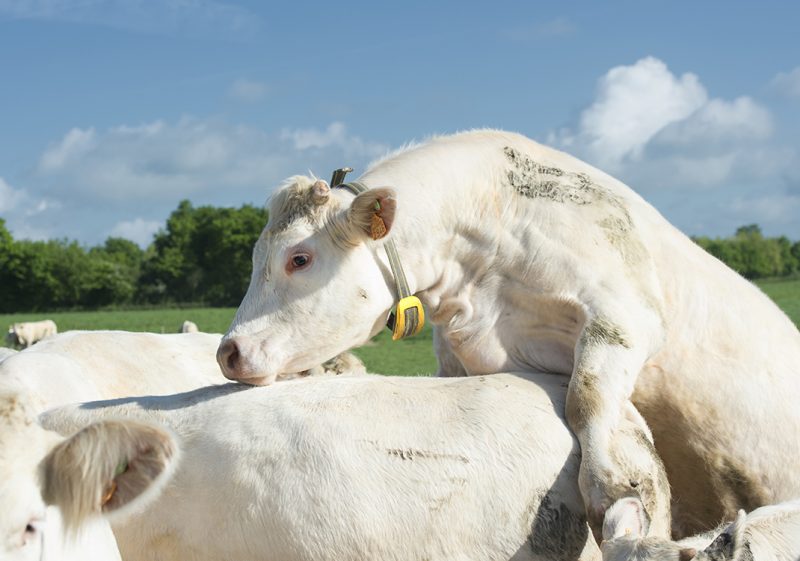
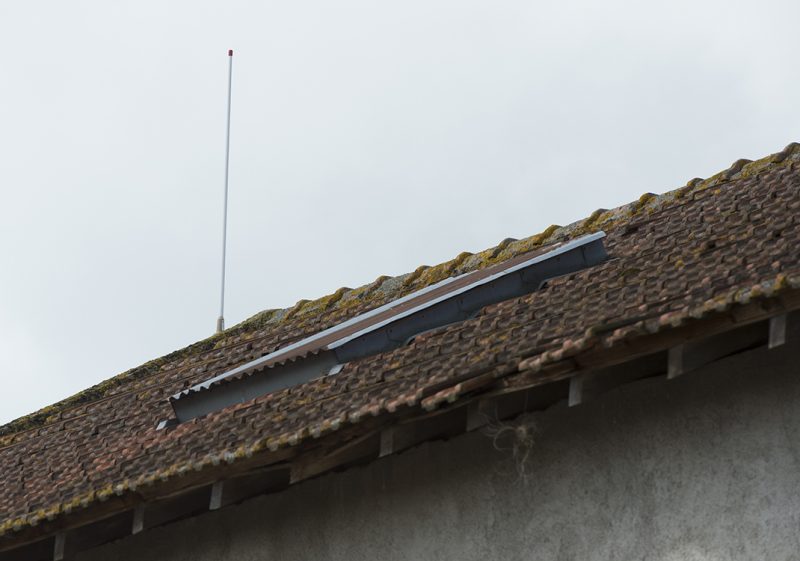
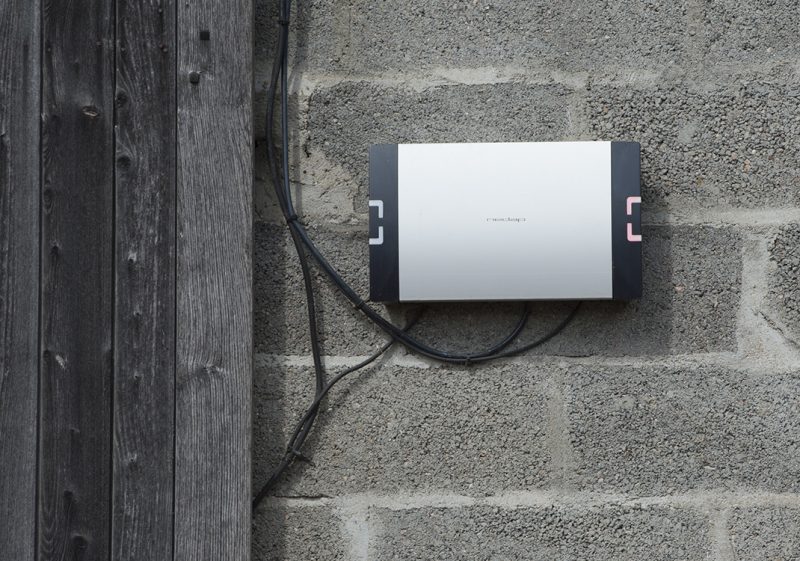
Search results for: ''
There are no results matching your criteria. Please try again with different criteria.